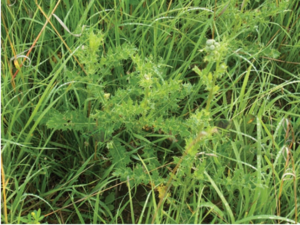Why Cover Crop?
Cover cropping is a long-term investment to improve soil health, cash crop yields, and farm management. Planting a cover crop can improve soil organic matter (SOM) and curb the long-term damage of cash crops.
Creating healthy soil requires management of the soil’s biology through SOM. The micro-organisms of organic matter create structure by converting into humus which gives soil it’s physical properties of particle aggregation, protection against erosion, water retention, drainage, aeration, and compaction resistance.
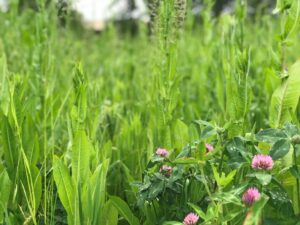
What is Soil Organic Matter?
“Most soil organic matter originates from plant tissue. Plant residues contain 60-90 percent moisture. The remaining dry matter consists of carbon (C), oxygen, hydrogen (H) and small amounts of sulphur (S), nitrogen (N), phosphorus (P), potassium (K), calcium (Ca) and magnesium (Mg). Although present in small amounts, these nutrients are very important from the viewpoint of soil fertility management.
Soil organic matter consists of a variety of components. These include, in varying proportions and many intermediate stages, an active organic fraction including microorganisms (10-40 percent), and resistant or stable organic matter (40-60 percent), also referred to as humus.” (source: http://www.fao.org/3/a0100e/a0100e04.htm)
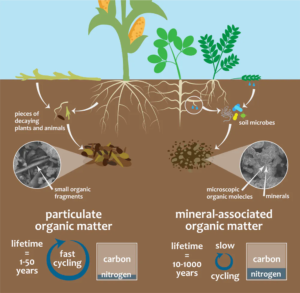
Testing your soil will show your Organic Matter percentage. Healthy soils will have SOM in the 5-6% range (in some regions and soil types, it is normal to have 2.5-4% SOM). Some cropland soils have been so depleted of organic matter that it is not uncommon to see percentages of non-managed soils at 1-2%.
Where does one go wrong?
A major culprit of reducing soil organic matter is tilling. Each time soil is tilled, oxygen is introduced, stimulating microbial action that decomposes organic matter at an increased rate. When woodland is cleared and planted or a prairie is plowed, most of the organic matter that has built over hundreds of years can be lost within 10 years of tillage. Soil organic matter can also be suppressed by the use of synthetic fertilizers and pesticides.
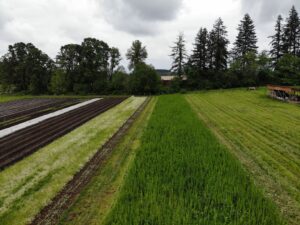
Although not directly a part of soil organic matter, Mycorrhiza is a delicate fungus that has a symbiotic relationship with plant root cells that allow the plants to absorb the nutrients in the soil. Development of mycorrhiza is especially encouraged by the addition of composted organic matter. A by-product of mycorrhizal activity is the production of glomalin, a primary compound that improves soil tilth. Rhizobia is another bacterium that has an important role with legumes. The Rhizobia forms nodules on the roots of the host plant to fix nitrogen gas from the air.
If not managed, the lack of soil organic matter inhibits the soil’s ability to live and host vital fungus.
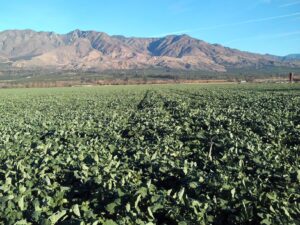
How can we maintain and increase Soil Organic Matter?
- Test the soil
- Create a steady supply of active and stable organic matter by having living roots
- Minimize disturbances to soil with practices such as tilling to avoid expediting decomposition
- Rotate annual row crops with a grass, brassica, or legume to reduce erosion and create green-manure
- Leave crop residue in field after harvest
- Plant cover crops between rows or cash crop rotation
- Inoculate seeds with beneficial bacteria, including mycorrhiza or rhizobia to improve yields and promote healthier crops
- Do not leave your fields in a fallowed state
- Diversify your crops, avoiding monocultures when possible
- Limit use of synthetic fertilizers and pesticides
- Add organic materials such as manure. Consider grazing cattle on the cover crop
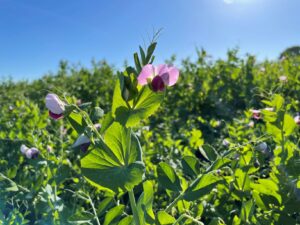
Where do we go from here?
Organisms living in the soil play a significant role in maintaining soil health and crop yield. Learn more about the benefits cover crops can off your soil in our blog “Cover Your Assets”, and discover which seeds to plant to give, and get, the most from your soil.
References:



